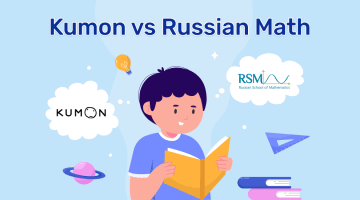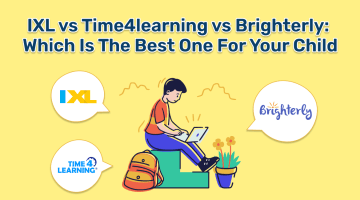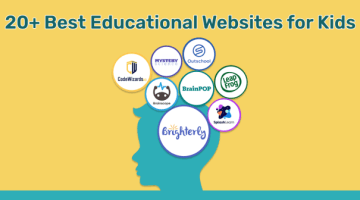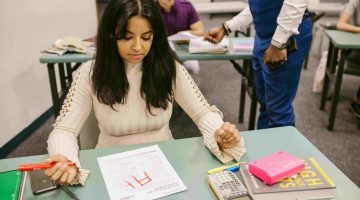Learning Gaps and How to Address Learning Gaps in Mathematics
reviewed by Jo-ann Caballes
Updated on September 16, 2025
Math learning gaps іs a common conundrum among kids of all ages, regardless of the form of education and the educators’ skills. If you’ve ever seen your kid struggle with any math problem, it’s most likely because they have a learning gap that doesn’t allow them to excel in math fully. But how do we help children tackle these learning gaps at school or at home? Should we address and take them seriously or go with the flow and progress further? This article explains what learning gaps are and how we can go about them.
What is a learning gap?
A learning gap typically refers to a particular skill that students should have mastered by a specific time but, for some reason, didn’t. Learning gaps in education can occur for different reasons, and they can present a big problem to students, especially if they’re not addressed properly. Public schools can fail children with learning gaps as teachers can have very limited time to provide individualized attention and support. That can lead to unmet kids’ educational needs, jeopardizing their chances to meet their academic goals.
Alyson Young, Education Specialist at Learning Lab FL says that learning gaps can seriously affect children’s success at school:
“ Learning gaps can be difficult because they snowball very quickly especially if they go unaddressed for an extended period of time.”
Let’s look into a learning gap in a math example. Say a student struggles with fractions throughout elementary school, such as understanding how to add fractions with different denominators. Once the class starts solving algebraic equations involving fractions, it will be harder and harder for this student to keep up. As a result, they may fail math in recent grades.
10 examples of learning gaps
Let’s explore 10 examples of learning gaps around different subjects to identify learning gaps correctly in the future.
- If a student struggles with understanding place value, they won’t be able to perform multi-digit addition and subtraction.
- Multiplication or division will be another problem if they have not memorized multiplication tables.
- Students who have problems with reading comprehension will most likely be unable to understand instructions, word problems, or any other content.
- A student who does not understand subject-verb agreement will continue to make mistakes in constructing grammatically correct sentences.
- Another student’s learning gap example is when a student struggles with spelling, which can affect their performance in writing essays and other written assignments.
- When a student doesn’t grasp the force and motion concept, it will negatively affect their understanding of physics later.
- Someone unable to identify continents, countries, and states on the map won’t be able to understand history lessons fully.
- History is another subject where if a student has learning gaps, they won’t be able to understand historical cause-and-effect relationships since they can’t name events in chronological order.
- A student who has problems with atomic structure or the periodic table will most likely be unable to solve chemical equations later.
- When it comes to foreign languages, students who are unable to conjugate verbs will be vulnerable to speaking and writing.
These ten examples of student learning gaps should give a distinct idea of the meaning of the education gap.

Five main types of learning gaps
Here are 5 main types of learning gaps:
- Skills gaps. Students lack foundational skills and are unable to build on more skills.
- Motivation gaps. Students don’t have enough motivation to learn specific concepts.
- Knowledge gaps. Students don’t have all the necessary information to progress.
- Environmental gaps. Students do not have access to an appropriate learning environment.
- Communication gaps. Students lack clear communication and instruction.
Not all learning gaps are the same. Teachers and parents should know the different types of learning gaps before they develop strategies to address them effectively. Understanding each type of learning gap will help you know what to do with them, how to communicate with your kid, and what strategies to choose in order to close learning gaps.
How does Brighterly can address learning gaps?
Brighterly professional tutors know best how to address learning gaps with ease and comfort. The first step in closing learning gaps would be to have a math lesson that addresses closing learning gaps by identifying your kid’s weaknesses and strengths. Brighterly does exactly this on a trial session – a qualified tutor assesses the child’s current math understanding. This way, you can easily improve student success by closing learning gaps with Brighterly! If you wish to ensure your kid’s future success in math, book a free trial lesson with Brighterly today.
How do you identify gaps in learning?
To identify gaps in learning, you have to employ different methods of reviewing the children’s skills and knowledge. Skills build upon each other, so it’s very important that teachers or parents identify them in their children timely. If they overlook that the child is missing a foundational skill, it could jeopardize their progress in more difficult concepts.
Standardized assessments and tests can give teachers an outlook on what might be students’ potential weaknesses. These can indeed help recognize learning gaps, but they can’t be the only source of identifying learning gaps.
Observations are another way to address learning gaps. Educators have to pay attention to students’ engagement and performance in class or at home. Homework can give you a closer look at what students may miss.
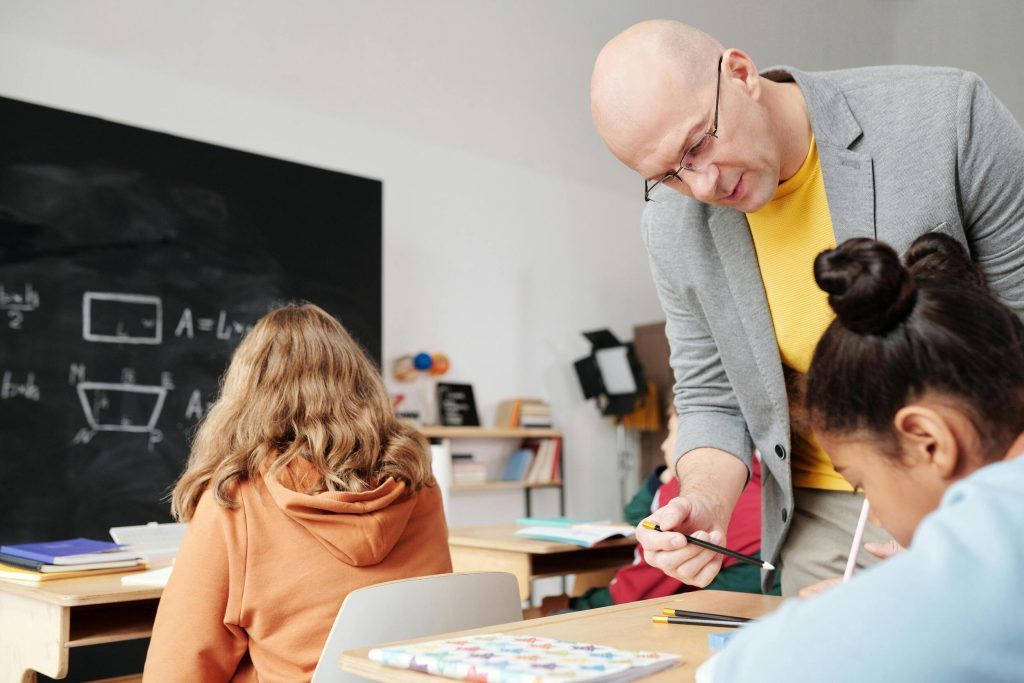
Progress monitoring is an effective way to identify learning gaps. Regular progress reports can give you a closer look at how students are improving in a specific area. Online math tutoring platforms like Brighterly offer regular progress reports to parents. These reports are designed to give clear insights into academic performance during a specific time period.
How do you address learning gaps?
Don’t be afraid to ask for help
If you’re a parent who struggles to help your kid close, leaving gaps, you have to know that it’s absolutely normal to ask for help. This is especially true for math — not all parents can be math tutors, even if they have straight A’s in school. In that case, hiring a professional tutor to close learning gaps may be an optimal choice.
Build a relationship
Create an environment where students feel confident and comfortable to come to you for help. If a child doesn’t feel connected to you, they will probably try to resolve their issues independently, which is not ideal in this particular case.
Use technology
Using technology-based activities can make learning more interactive and engaging for students. Gamified learning can be easily done on computers and tablets, boosting children’s interest and making the lessons more accessible.
Lida Jennings, Executive Director at Teach For America Los Angeles and San Diego, emphasizes that such issues as learning gaps must be addressed at all levels:
“There is no 'cure-all,' but by addressing issues at the systems level, we are more likely to move the needle for a larger number of students.”
How to address learning gaps in math
Math is no different from other subjects when it comes to learning gaps, except that it may be harder for children to catch up. Addressing learning gaps in math requires a systematic approach, and the first thing you will have to do is identify specific weaknesses.
This can be daunting for most parents, as they’re not particularly skilled at math themselves. Online math tutoring platforms like Brighterly can be a lifesaver, as professional tutors know best how to address learning gaps with ease and comfort. The first step in closing learning gaps would be to have a math lesson that addresses closing learning gaps by identifying your kid’s weaknesses and strengths. Brighterly does exactly this on a trial session – a qualified tutor assesses the child’s current math understanding. This way, you can easily improve student success by closing learning gaps with Brighterly!
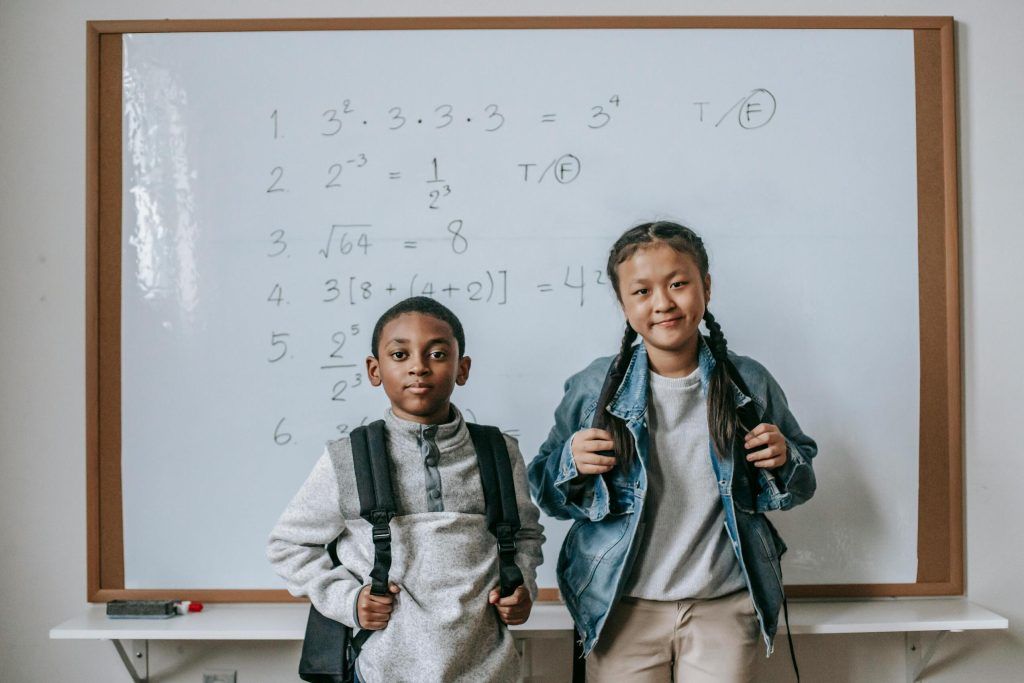
Conclusion
Math learning gaps are a normal thing for children of all ages, learning styles, and forms of education. Learning gaps don’t just happen out of nowhere; it is a missing skill that a child hasn’t mastered in the past. It can also be due to a lack of motivation, communication, missing knowledge, or environmental challenges. You can help your child deal with learning gaps by correctly identifying and addressing them.
Brighterly is a wonderful way to help address those learning gaps in math. Our expert-driven tutors know all the tricks and tools to elevate your child’s knowledge in math. Don’t miss your chance, and book a first tutoring session free of charge today!








